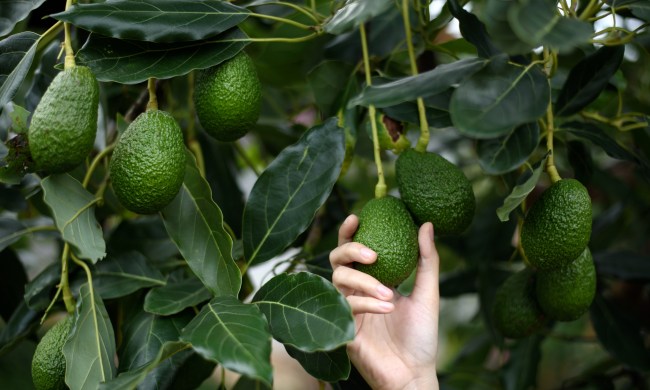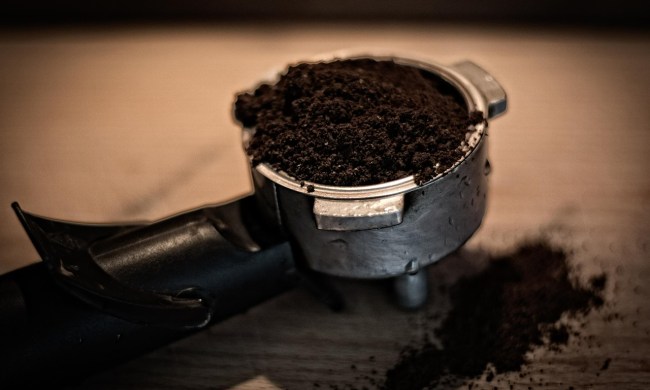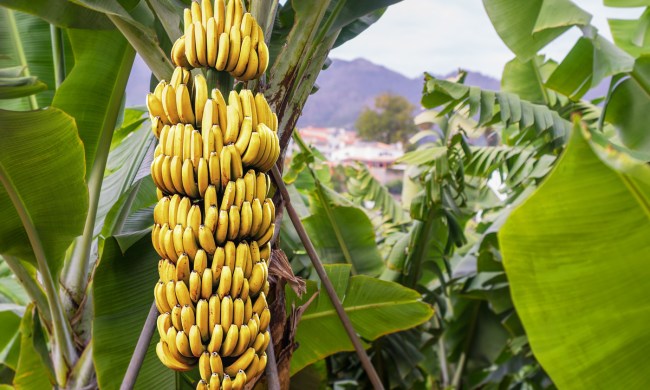Growing tomatoes is not difficult. Most gardeners are able to coax at least a few fruits from their backyard gardens, although production and fruit quality can be highly inconsistent at times. If you are applying tips on growing great tomatoes, however, there may be a few challenges. These veggie garden favorites reward growers who give them a little extra attention by producing an abundant crop of colorful, sweet, tangy fruits. One of their key requirements is sunlight. The short answer is “yes,” tomatoes do need full sun, but there’s more to know.
How much sun do tomatoes need?
Tomatoes need about 10 hours of sun for the best yield. That said, they have a temperature sweet spot, as well. If it gets too hot, fruit production and ripening slow down or stop. If it doesn’t get hot enough, or if nights are too chilly, fruit production and ripening slow down or stop. So, gardeners benefit from paying attention to temperature and sunlight requirements simultaneously.
Tomatoes grow best when daytime temperatures are between 75 and 85 degrees, and night time lows are between 60 and 75 degrees. When daytime temperatures consistently rise above 90 degrees and lows stay above 70, blossoms drop and fruit development is poor. Cool nights below 60 degrees, on the other hand, reduce pollen production leading to misshapen fruits or lack of fruit set. Gardeners in different climates should approach tomatoes with their unique environments in mind.
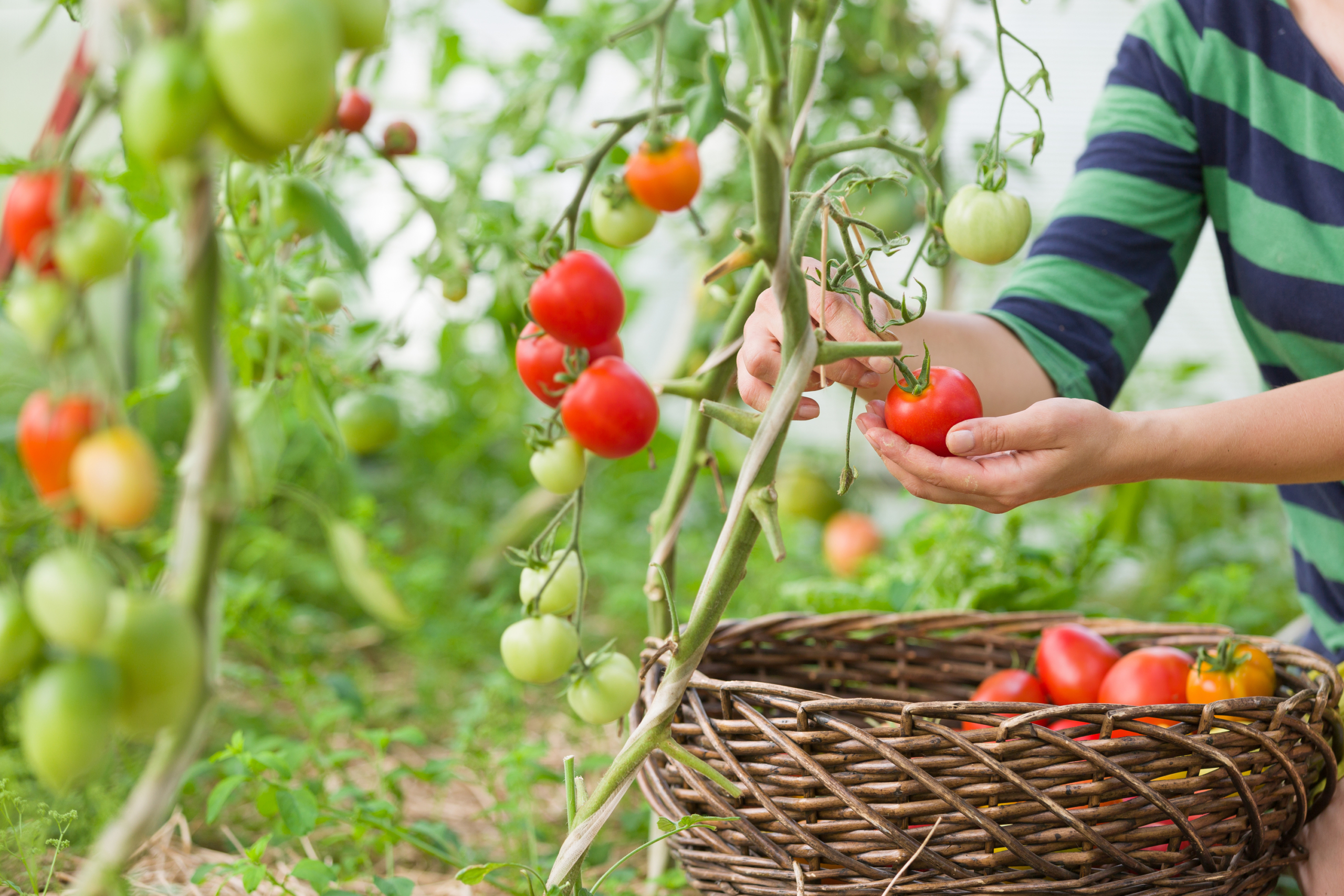
Growing tomatoes in the south
For southern gardeners, sunlight is generally easy to come by, but heat is often problematic. Atlanta, Georgia, averages 48 days each summer when the temperature rises above 90 degrees Fahrenheit. The record is 91 days above 90 degrees. Often during these hot spells, the overnight low temperatures are in the mid 70s or higher. In those temperatures, it is nearly impossible to grow tomatoes in full, direct sunlight.
Gardeners in hot regions are advised to provide some protection from the intense midday sun and heat. Shade cloth can help. It is a kind of tarp made of a woven material that blocks some of the sunlight but allows airflow and precipitation to pass through. Protect the tomato patch with a canopy of 20 to 40 percent shade cloth to reduce the temperature by 10 to 30 percent.
Growing tomatoes in the north
The long days of northern summers provide plenty of sunlight, but cool overnight temperatures can threaten tomato production. Minneapolis, Minnesota, regularly sees summer night temperatures dip below 60 degrees. Create a warm microclimate for tomatoes by planting them in a location that is sheltered from prevailing winds, such as the south or east side of a building, hedge, or other windbreak. Mulch them well to retain soil moisture. Moist mulch absorbs heat from sunlight during the day and radiates it through the night.
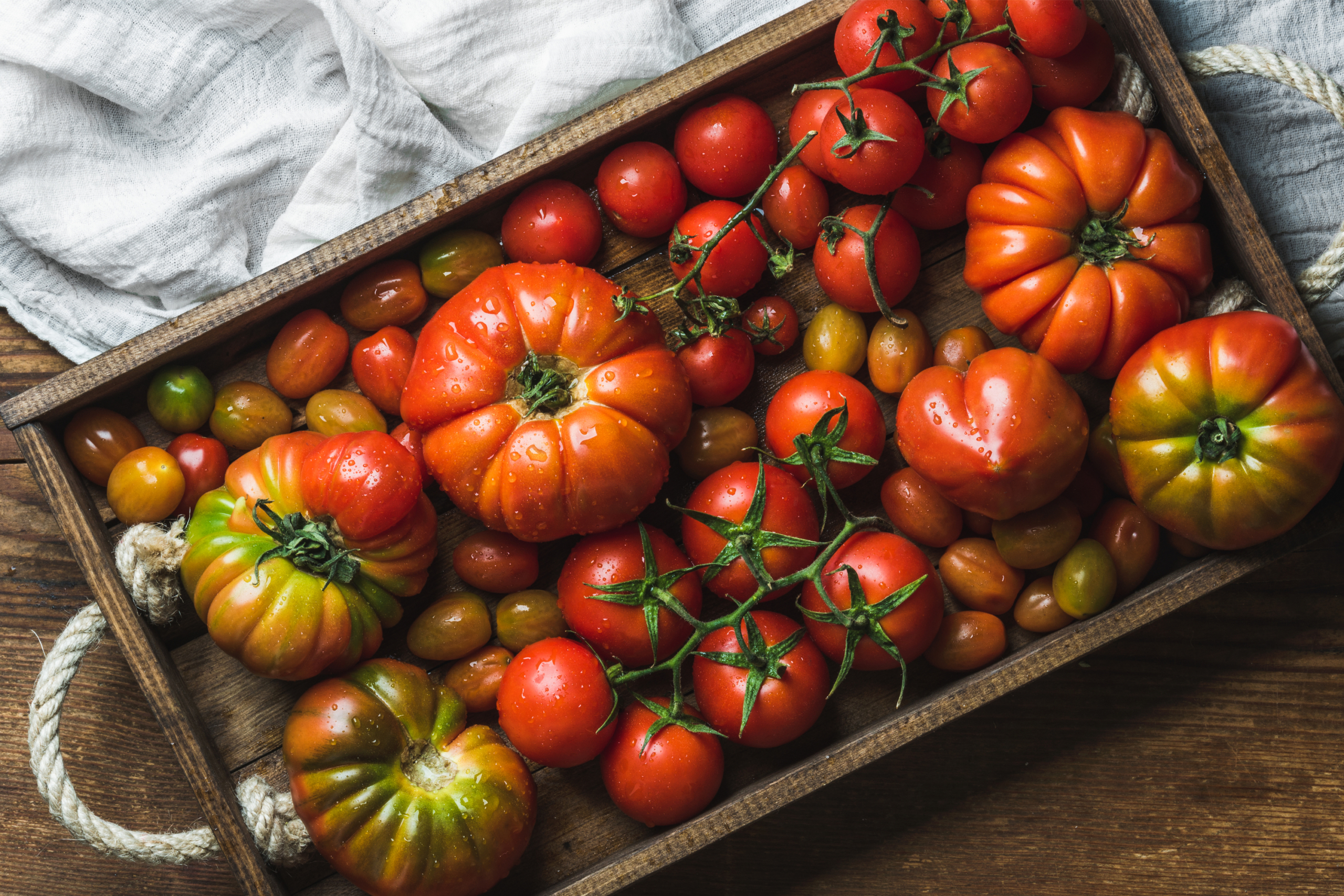
Choose the right tomato plants
Plant selection also helps gardeners deal with hot or cold growing zones. Start with healthy plants and cultivars that are adapted to the local climate. (Hint: cherry tomatoes tend to grow well in most climates.) Southern gardeners should choose heat-tolerant tomato cultivars such as Arkansas Traveler, Solar Fire, and Heatmaster. Northern gardeners should look for cold-tolerant cultivars like Black Prince, Celebrity, and Cold Set. Cherry type tomatoes tend to perform well in both hot and cold areas.
Give them what they want
Good cultural practices also help to improve overall plant performance and yields. Remove suckers that form in the crotches where leaves connect to the stem. This improves air circulation and sunlight penetration deeper into the plant for greater disease resistance and better fruit development. Mulch the plants well to ensure consistent soil moisture. Keeping the soil evenly moist will minimize problems with fruit development like blossom end rot, blossom drop, and catfacing. Always water at the soil level and avoid wetting the foliage. Doing so will reduce the spread of foliar diseases.
Tomatoes like the same things we do, sunshine, comfortable temperatures, a good drink when they’re thirsty, and an occasional grooming. Give them what they want and they’ll reward you with a beautiful, delicious crop.

